Day of the Dead: What You Need to Know about This Holiday
Day of the Dead, or Día de los Muertos, is a two-day annual celebration of life and death firstly introduced in Mexico and is now celebrated throughout Latin America between November 1st and 2nd. During this time, Mexicans remember and honor their loved ones who have passed.
In this Pacific Prime Latin America article, we explore the Day of the Dead and what you need to know about this Mexican holiday.
How is Day of the Dead Celebrated in Mexico?
To honor the loved ones who have passed away and accept that death is a part of life, Mexicans visit cemeteries, decorate the graves, and make offerings called ofrendas, which are home altars created to welcome the spirits of their deceased family members and friends.
Ofrendas are often decorated with colorful marigold flowers, photos of the departed and their favorite meals or liquors, as well as skulls and gleaming candles. Ofrendas are believed to encourage visits from the afterworld as the souls hear their families’ prayers and smell their favorite foods.
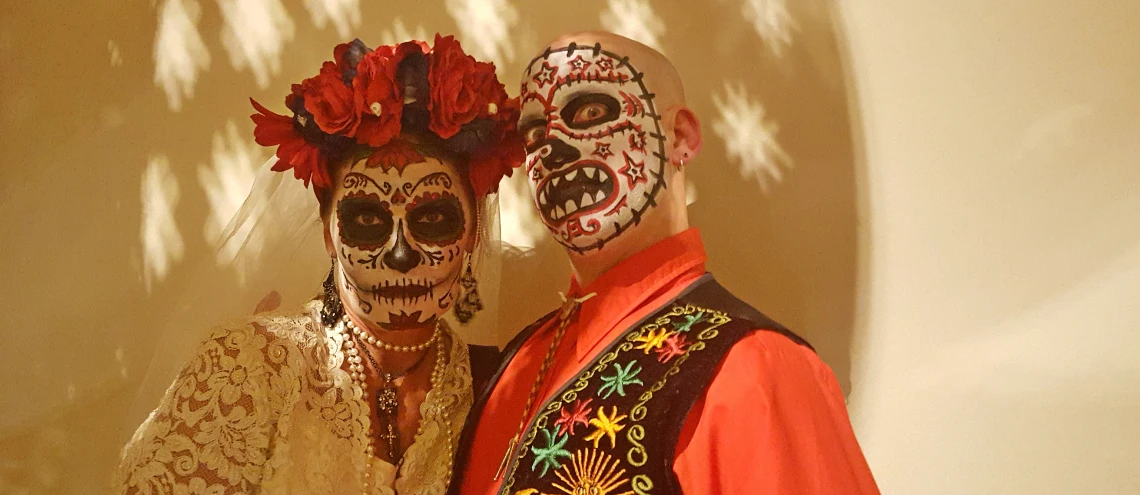
The History of Day of the Dead
Back in Pre-Hispanic times, the dead were buried near their family homes, typically in a tomb underneath the main patio. It was considered important to maintain connections with deceased ancestors, who were believed to exist on another planet after death.
Traditional Day of the Dead practices believe that spirits come back to the world of the living for one day of the year to be with their loved ones. The first day of the festival is dedicated to the spirits of babies and children, while the following day is considered the day adult souls arrive.
Four Facts about Day of the Dead
From spirit offerings and grave visits to the connection with Halloween and how to join the celebration as a foreigner, here are four facts regarding this heartwarming celebration that not many people know of.
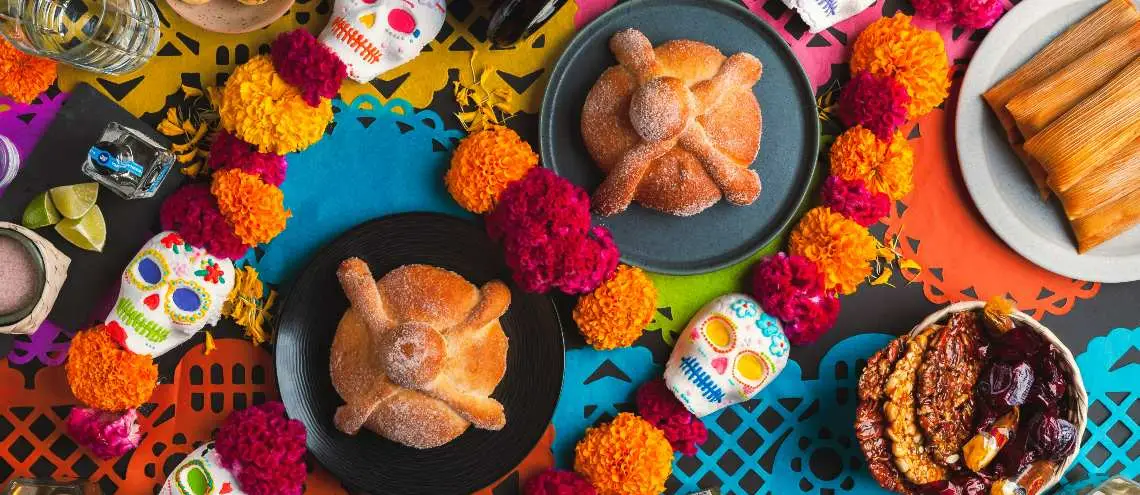
1. Spirit Offerings on Day of the Dead
Offerings of things the deceased enjoyed when they were alive along with special foods are a common way to greet spirits. These offerings are placed on an altar inside the family home as they believe that spirits consume the aroma and essence of a meal instead of the actual food.
The offered food will then be consumed by the living once the spirits have departed, while other items that are often placed on Ofrendas include a festive bread called pan de Muertos, sugar skulls inscribed with the person’s name on top, and seasonal marigolds for a fragrant touch.
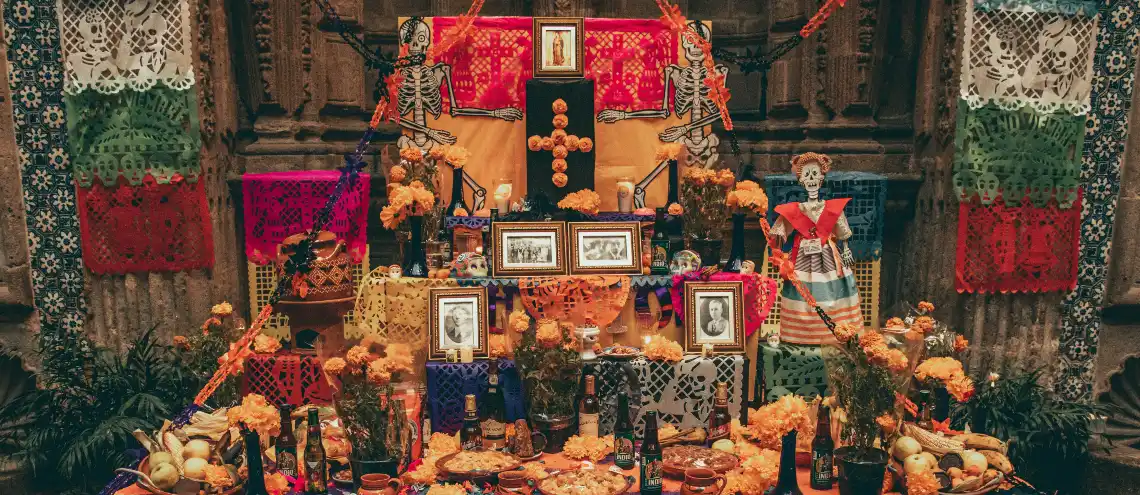
2. Visiting the Graves of Loved Ones
Since people used to be buried near their homes in the past, there wasn’t a need for decorating home altars as they were in the same place. In the present days, however, the dead are no longer buried close to home, so graves are decorated with the belief that the spirits will first return there.
In some places, flower petals are used to create paths from the grave to the home so the dead can find their way. Similarly, some communities traditionally spend the entire night in the cemetery and turn it into a festive occasion with picnics, music, drinking, and talking all through the night.
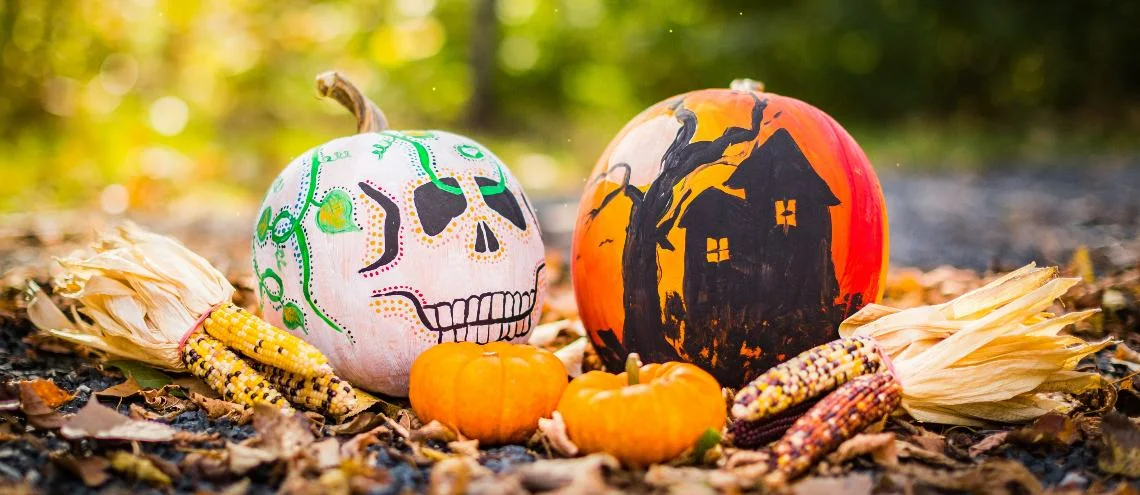
3. Día de los Muertos and Halloween
Day of the Dead and Halloween might share some features, but they are two separate holidays. Both events originated from early cultures’ beliefs surrounding death that incorporated with Christianity later on. Likewise, both are based on the belief that the dead return at a specific time of the year.
Halloween customs appear to derive from the idea that the dead were malicious, hence why children are disguised to prevent them from harm. Day of the Dead festivities, on the other hand, involve joyfully welcoming spirits as family members who are reunited after a year.
As Day of the Dead continues to evolve, the merging of customs and cultures continues as well. Nowadays, Halloween festivities are growing in Mexico with Halloween masks and costumes sold right next to Day of the Dead items.
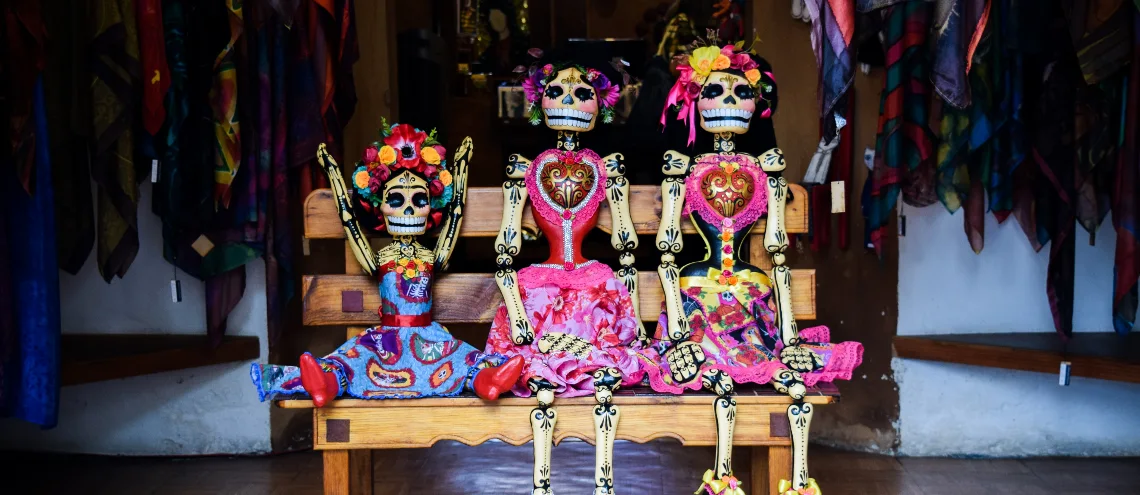
4. Celebrating Día de los Muertos in Mexico as a Foreigner
Day of the Dead is a great time of year to visit Mexico. In addition to being able to witness the special holiday, you’ll also get to experience Mexico’s delightful fall season. Even though the holiday is a private occasion for families, you’ll still be able to enjoy the public displays.
Día de los Muertos celebrations are done in different ways throughout different parts of Mexico. The southern region is known for more colorful festivities, especially in Chiapas, Michoacan, and Oaxaca, while celebrations in rural areas are quieter.
You can also join special Day of the Dead tours that allow you to explore Mexico with a professional guide. As long as you are respectful, you can visit cemeteries and other public spaces where Mexicans remember and honor their loved ones who have passed.
If a trip to Mexico isn’t on the cards this year, you can join in on celebrating the holiday by creating your own altar to honor your deceased loved ones.
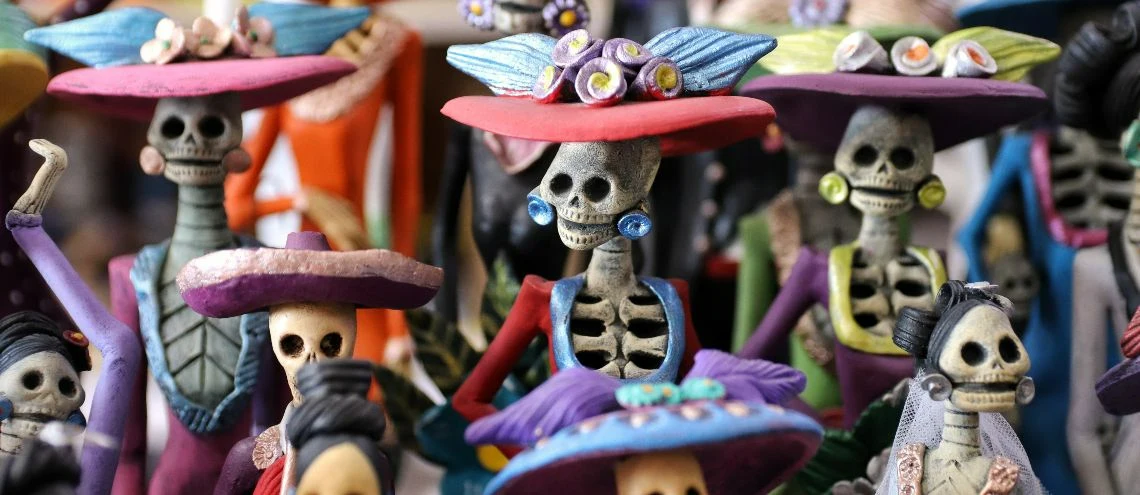
Put Your Health First with Pacific Prime Latin America
It’s impossible to think about death without thinking about life. Whether you plan on traveling to or living in Mexico, it’s important to secure health insurance so that you can access quality medical care without worrying about out-of-pocket expenses.
As a leading global insurance broker, Pacific Prime Latin America can help you find the best health insurance for your needs and budget. No matter if you’re looking for health insurance for expats in Mexico, health insurance in Mexico for US citizens, or anything in between.
Contact us for a free plan comparison or unbiased insurance advice today!
- Understanding the GBG Insurance Limited Administration: Policyholder FAQs - January 12, 2024
- Day of the Dead: What You Need to Know about This Holiday - October 26, 2023

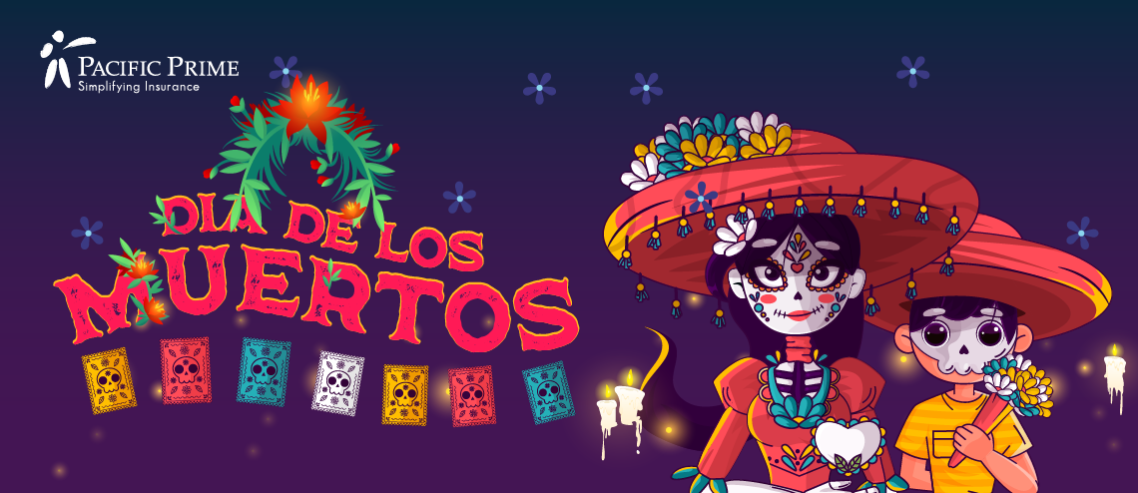



Comments
Ask a Question
We'll notify you
when our team replies!